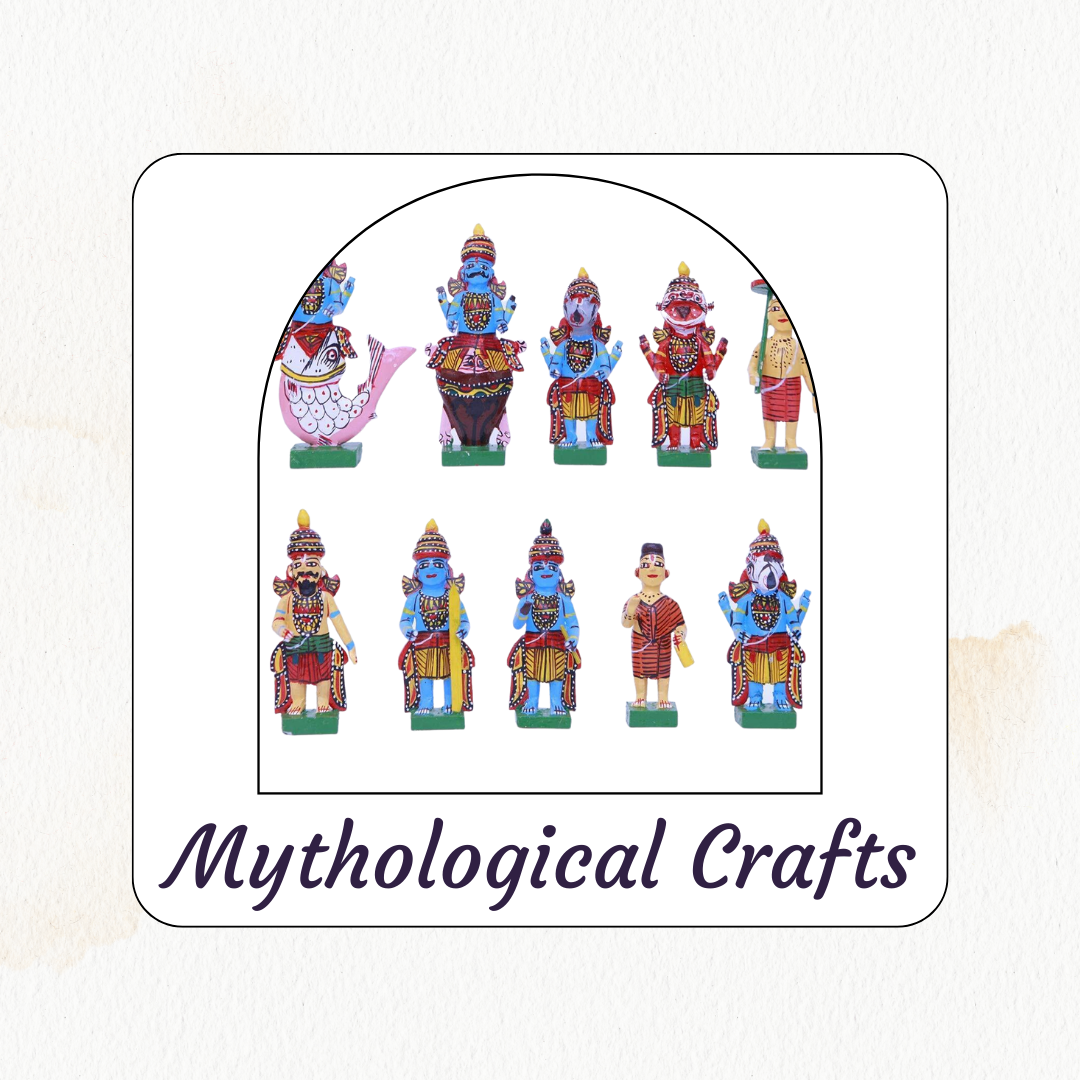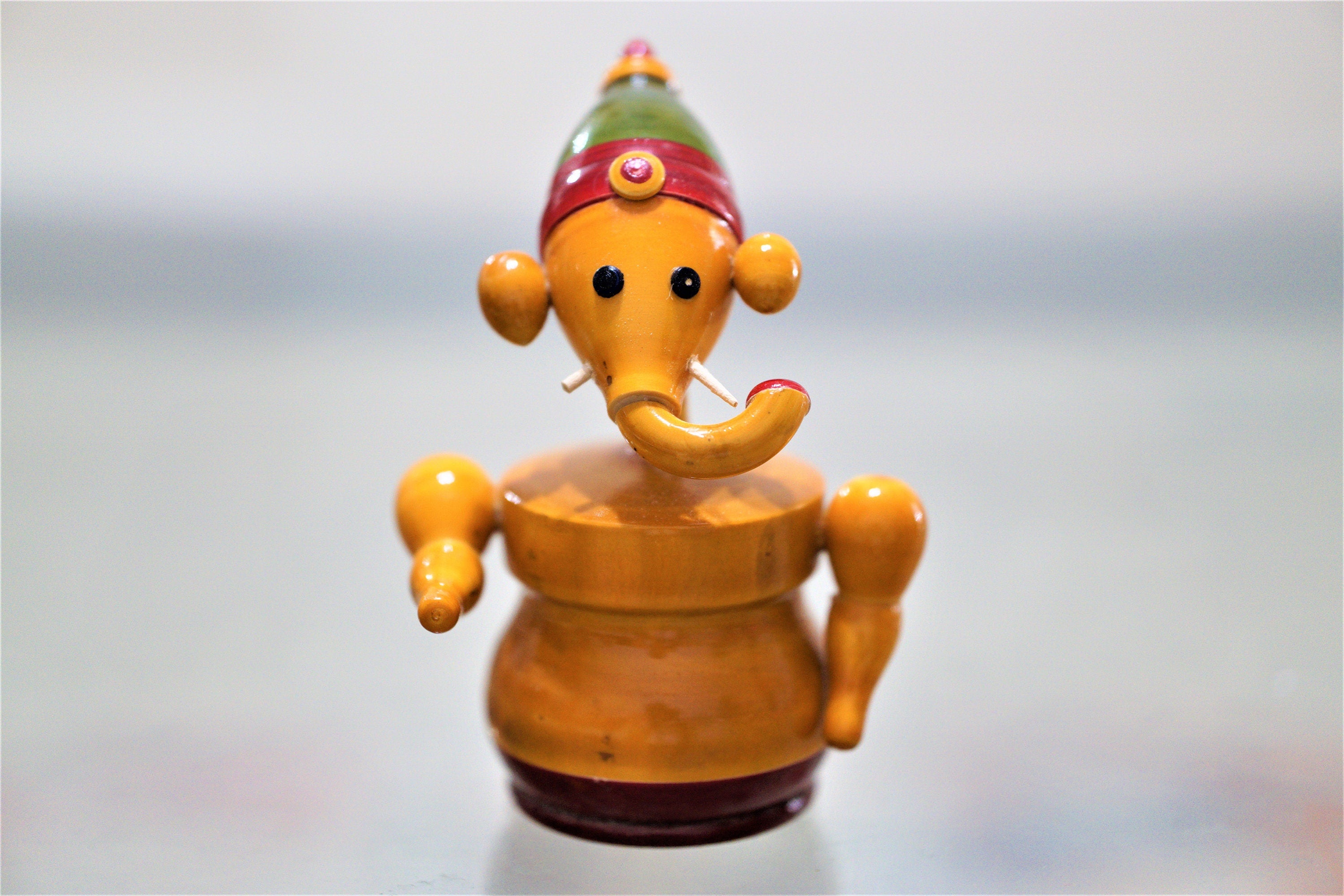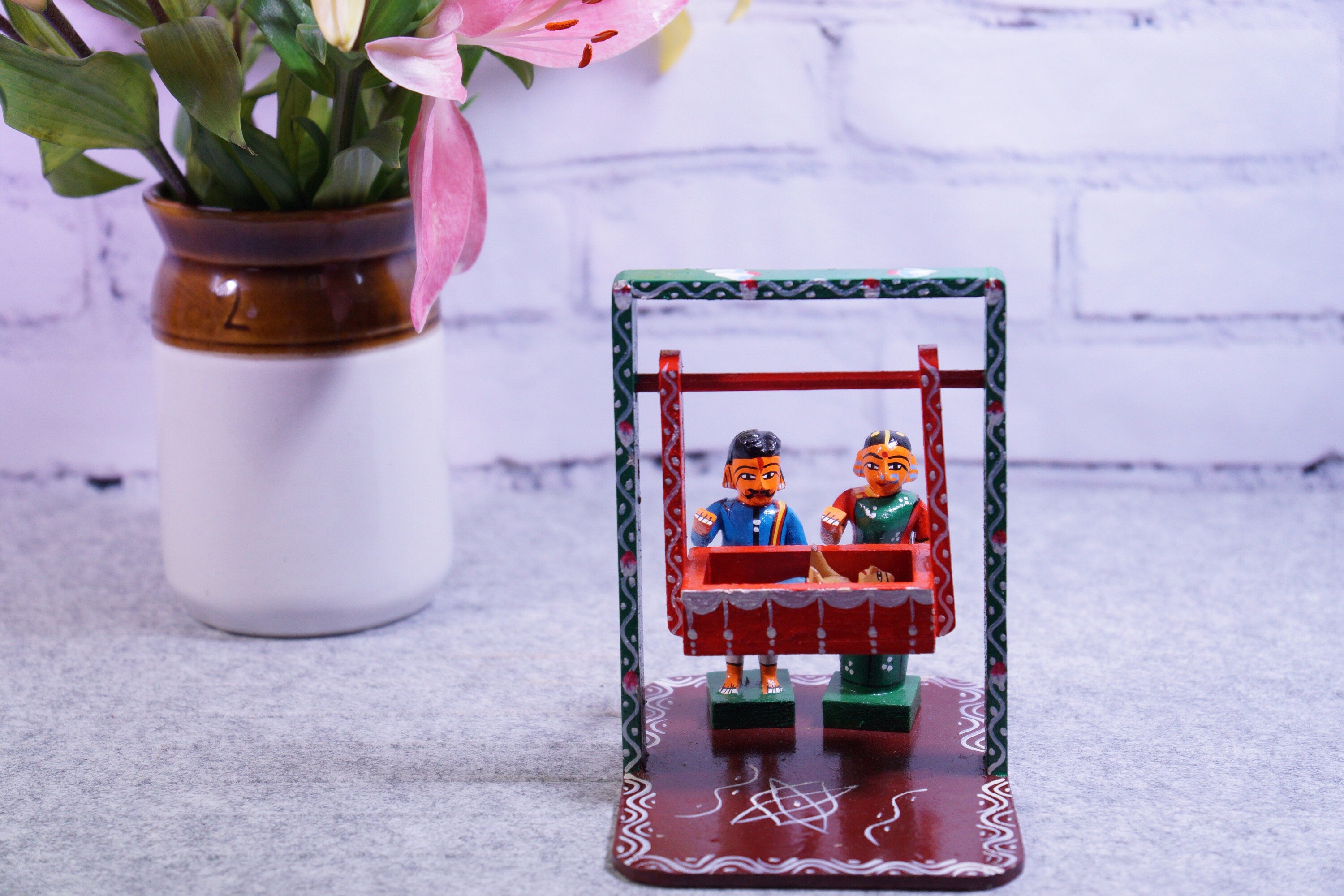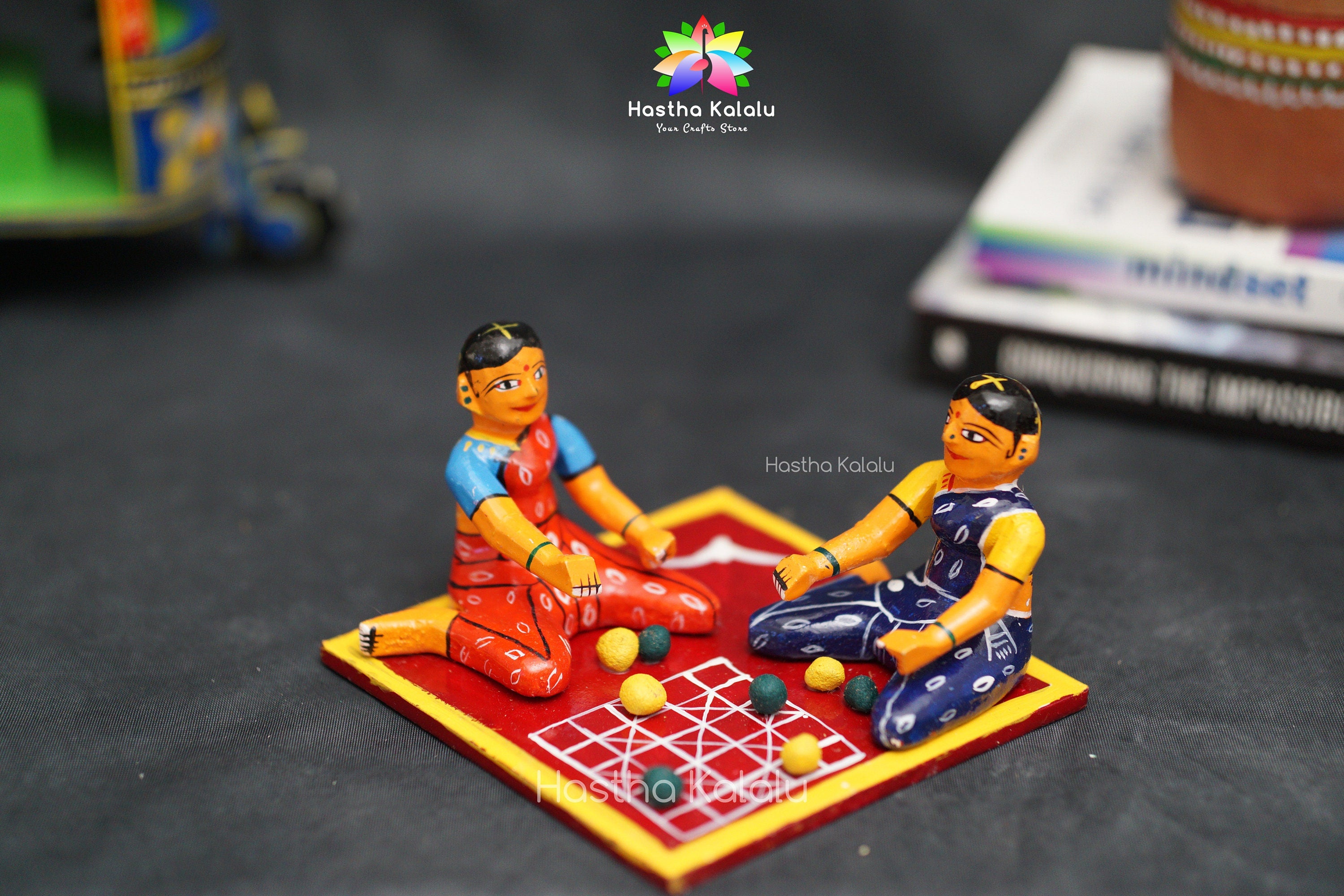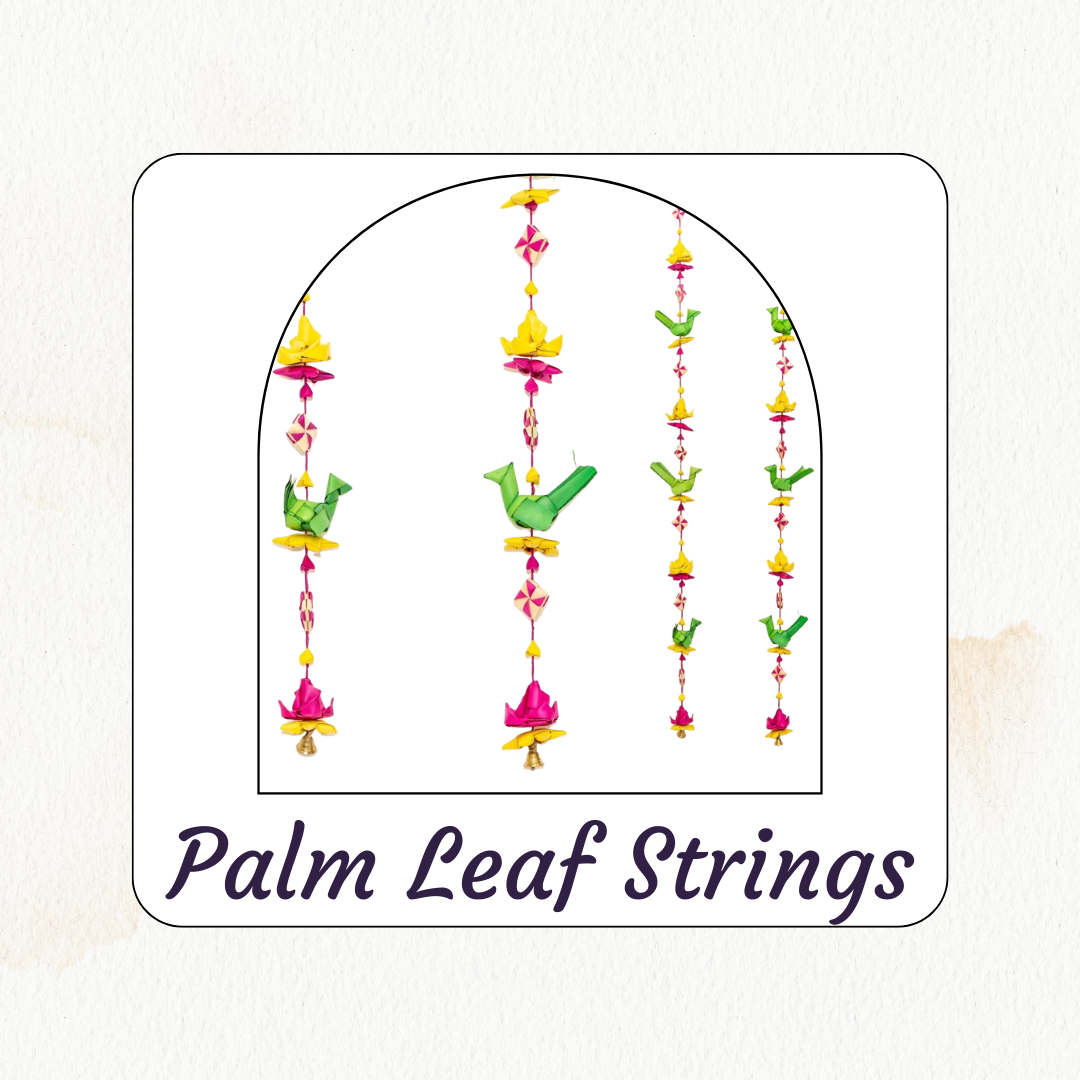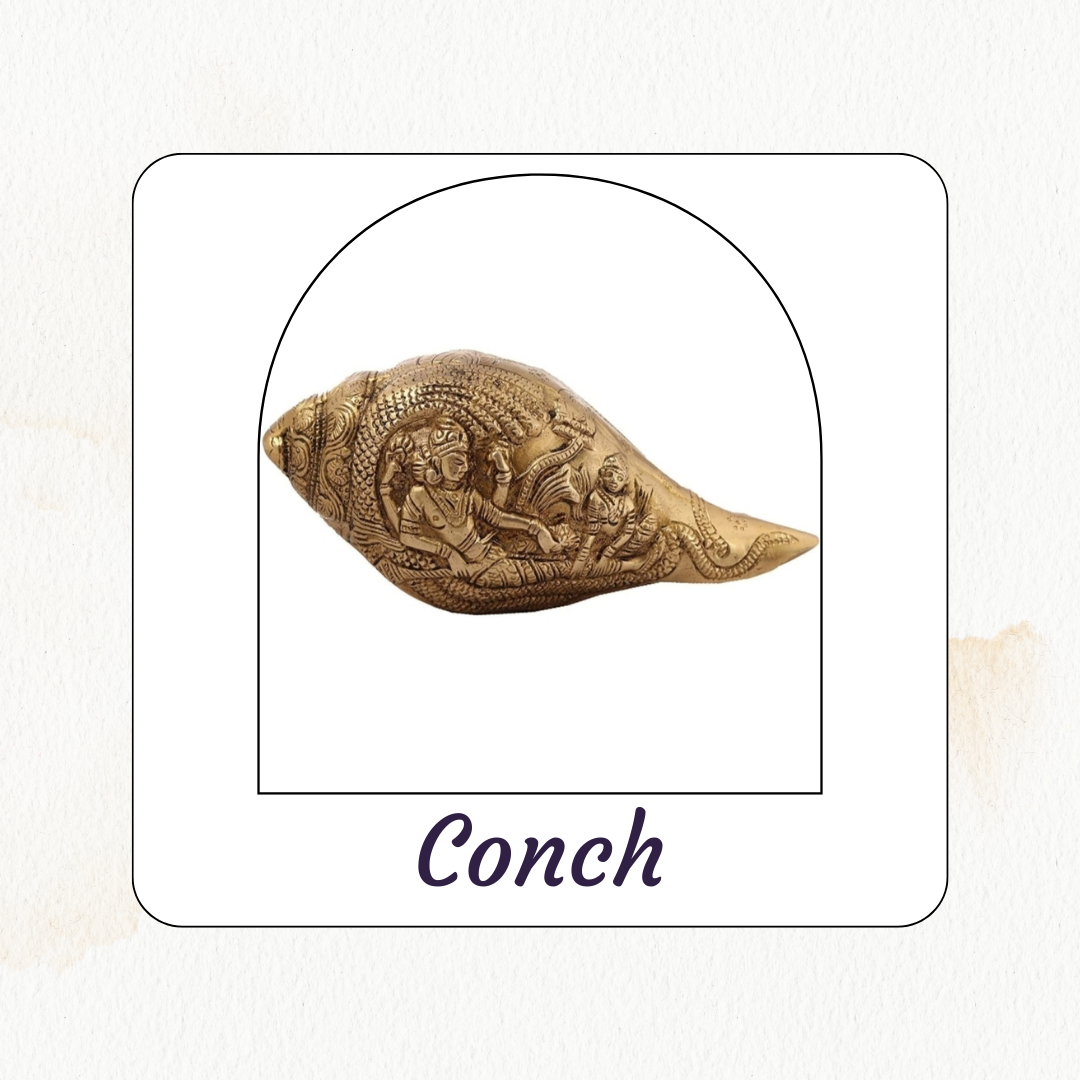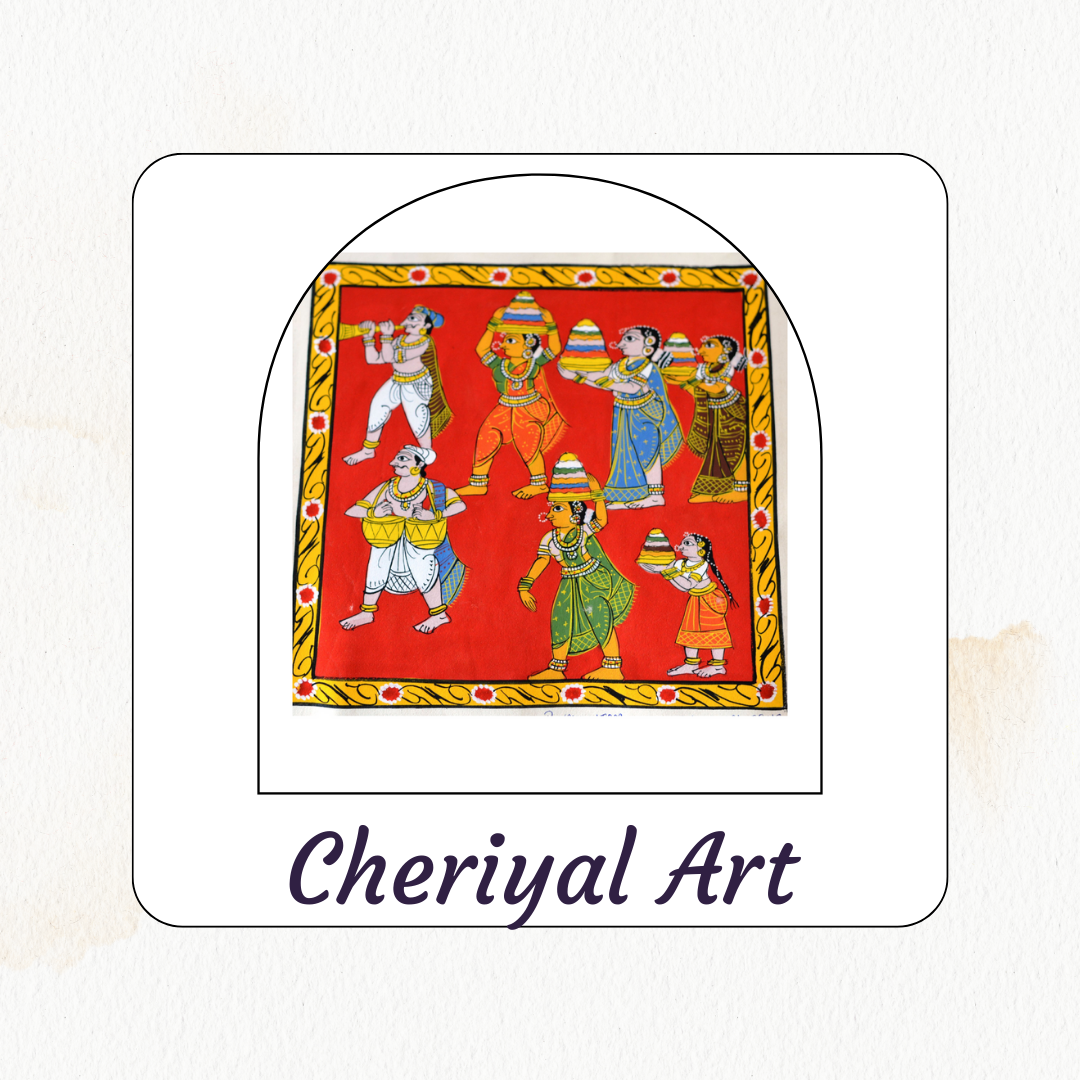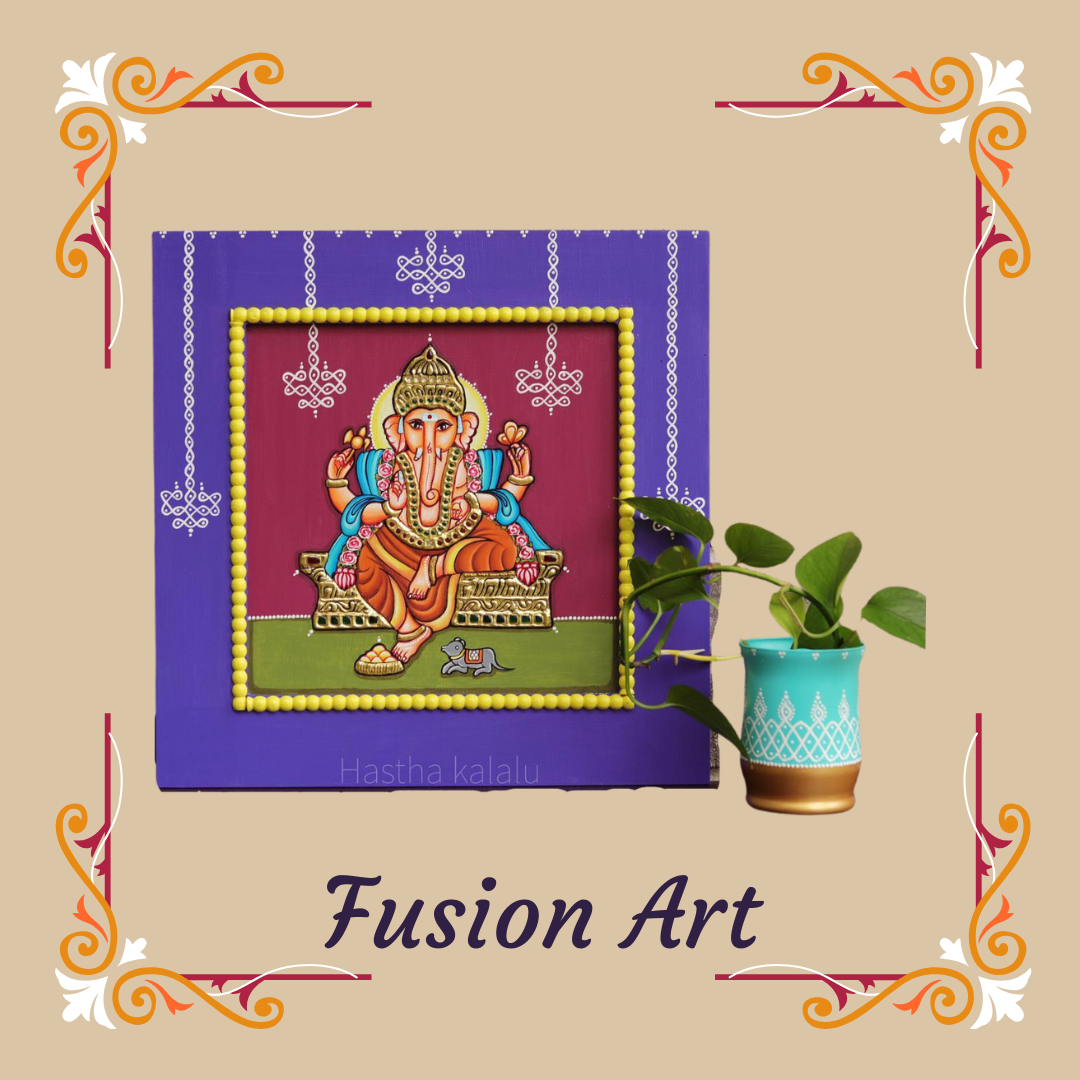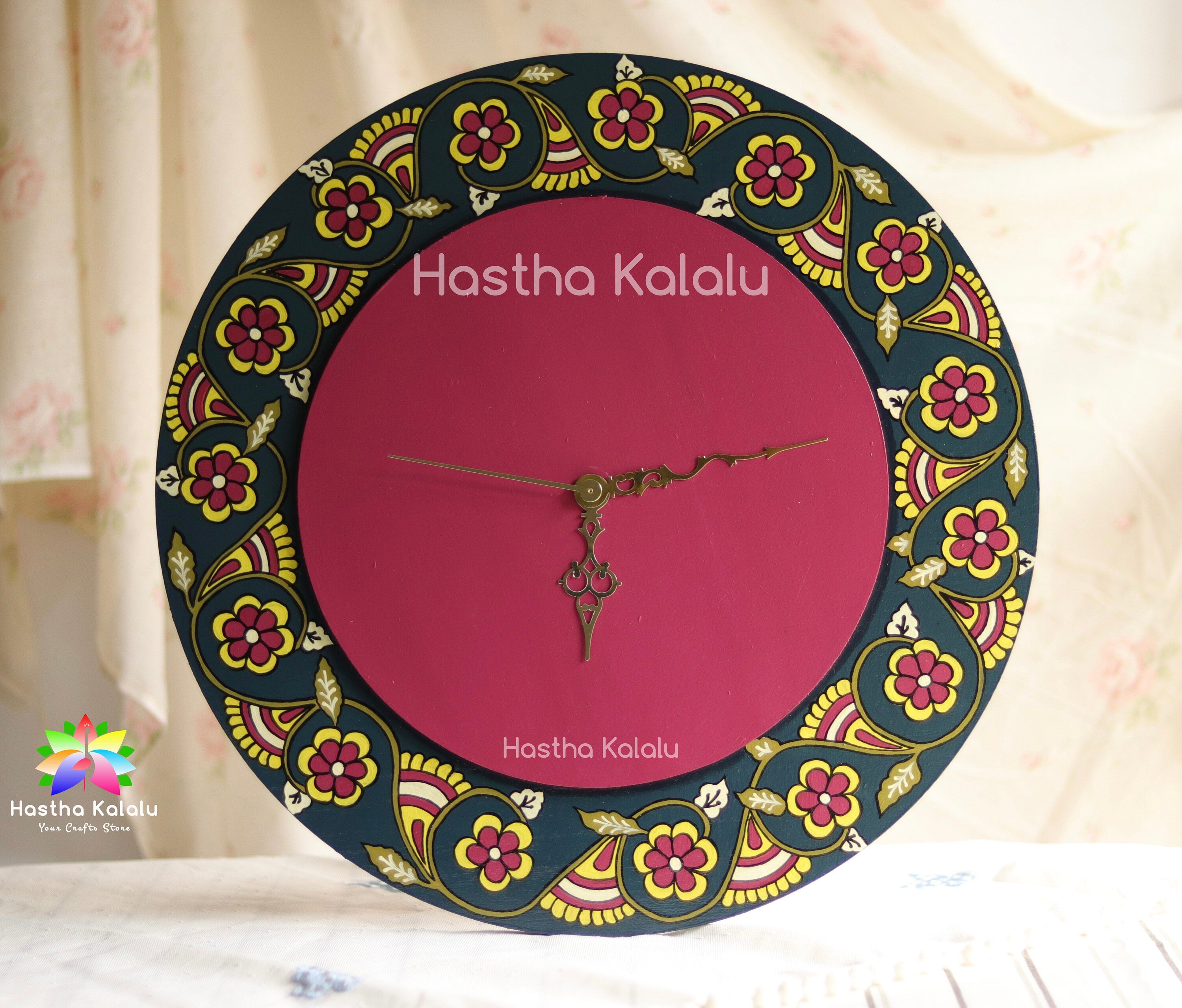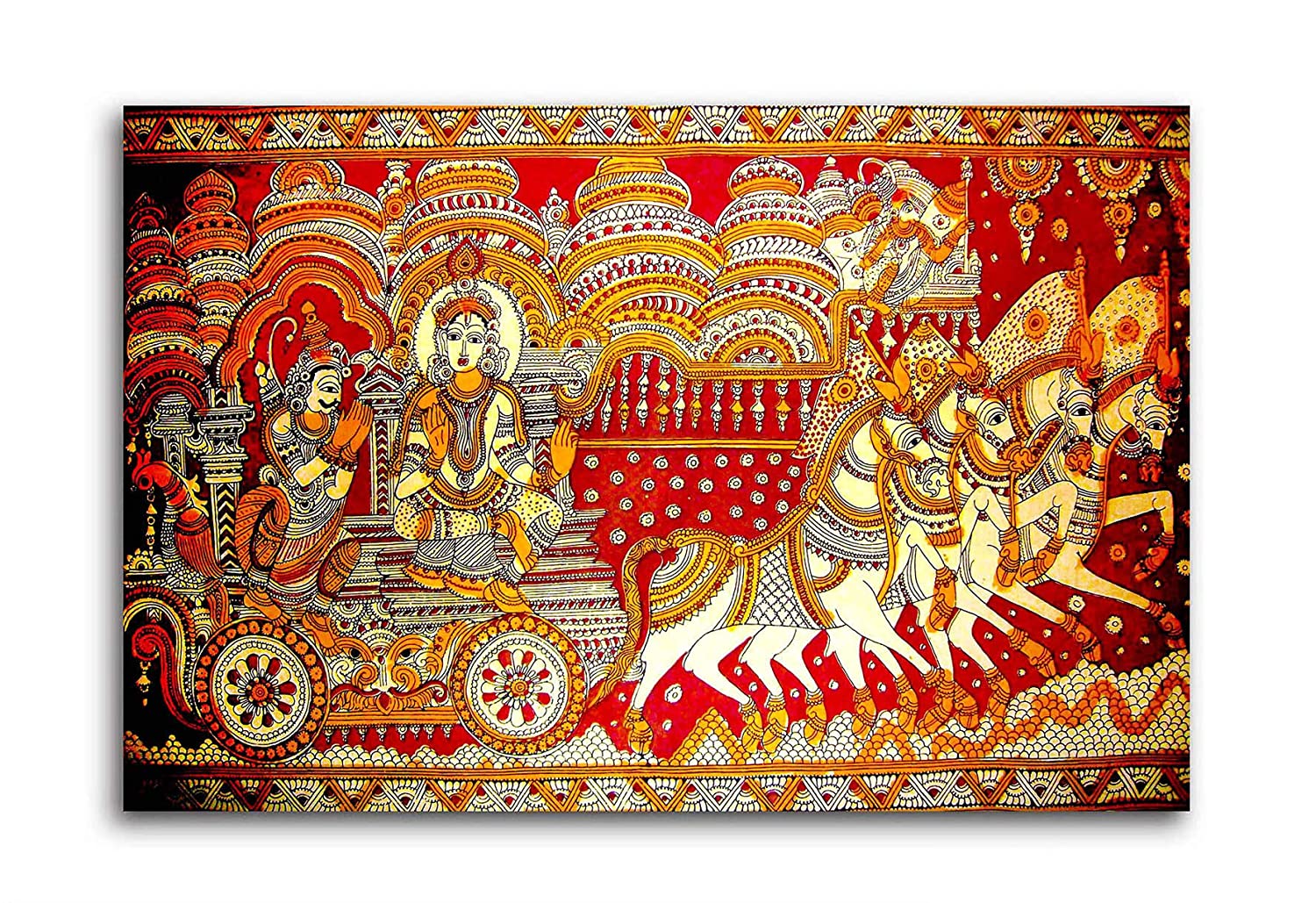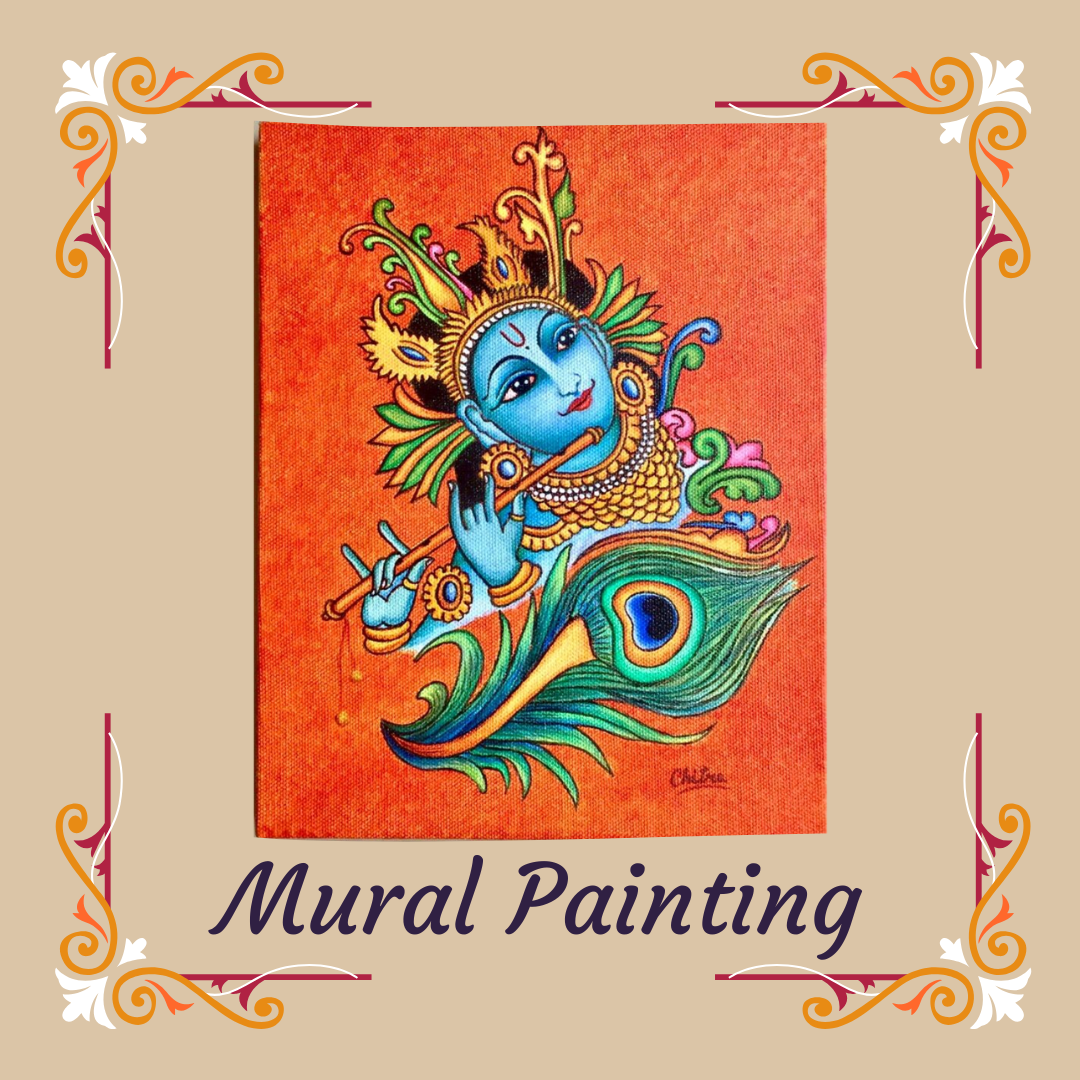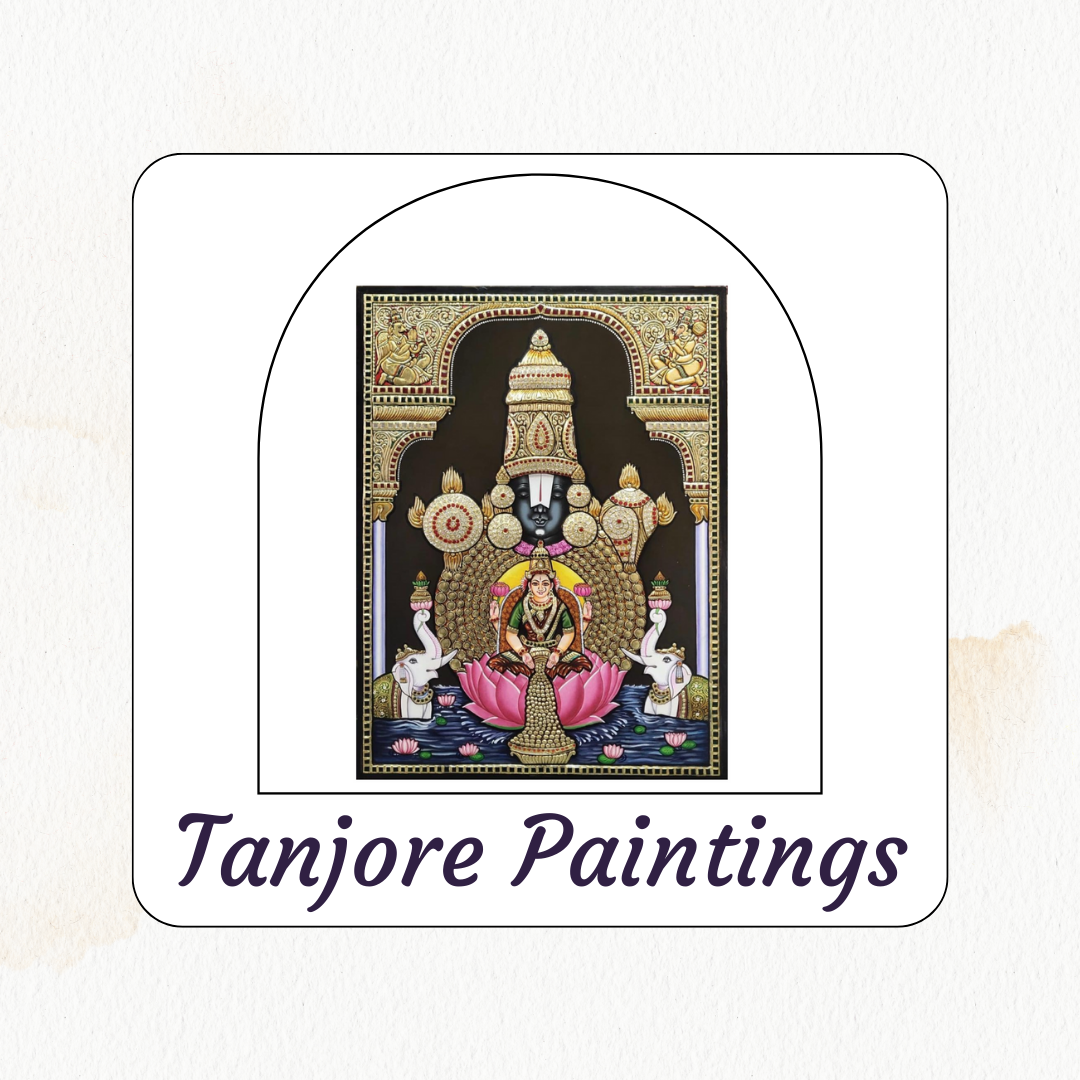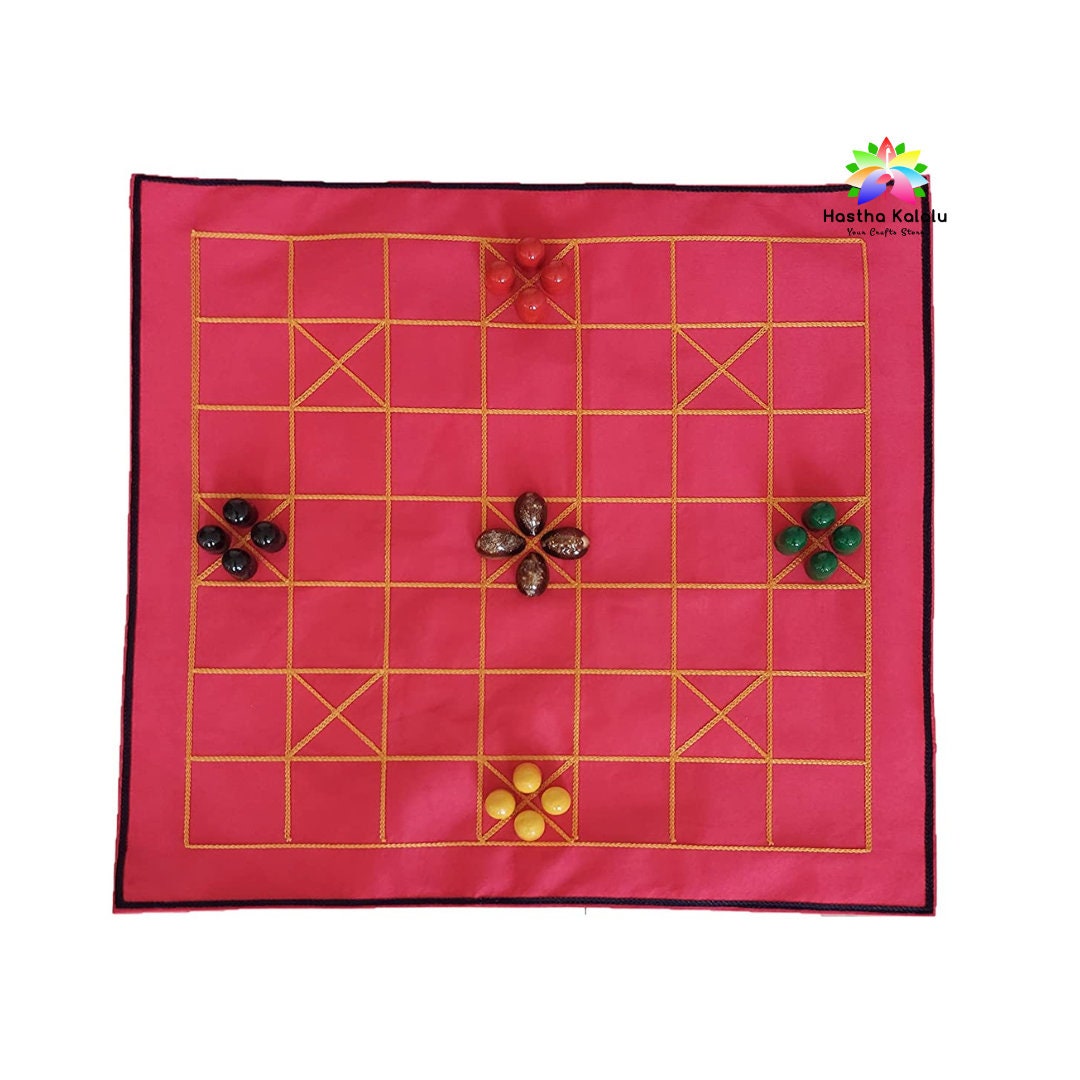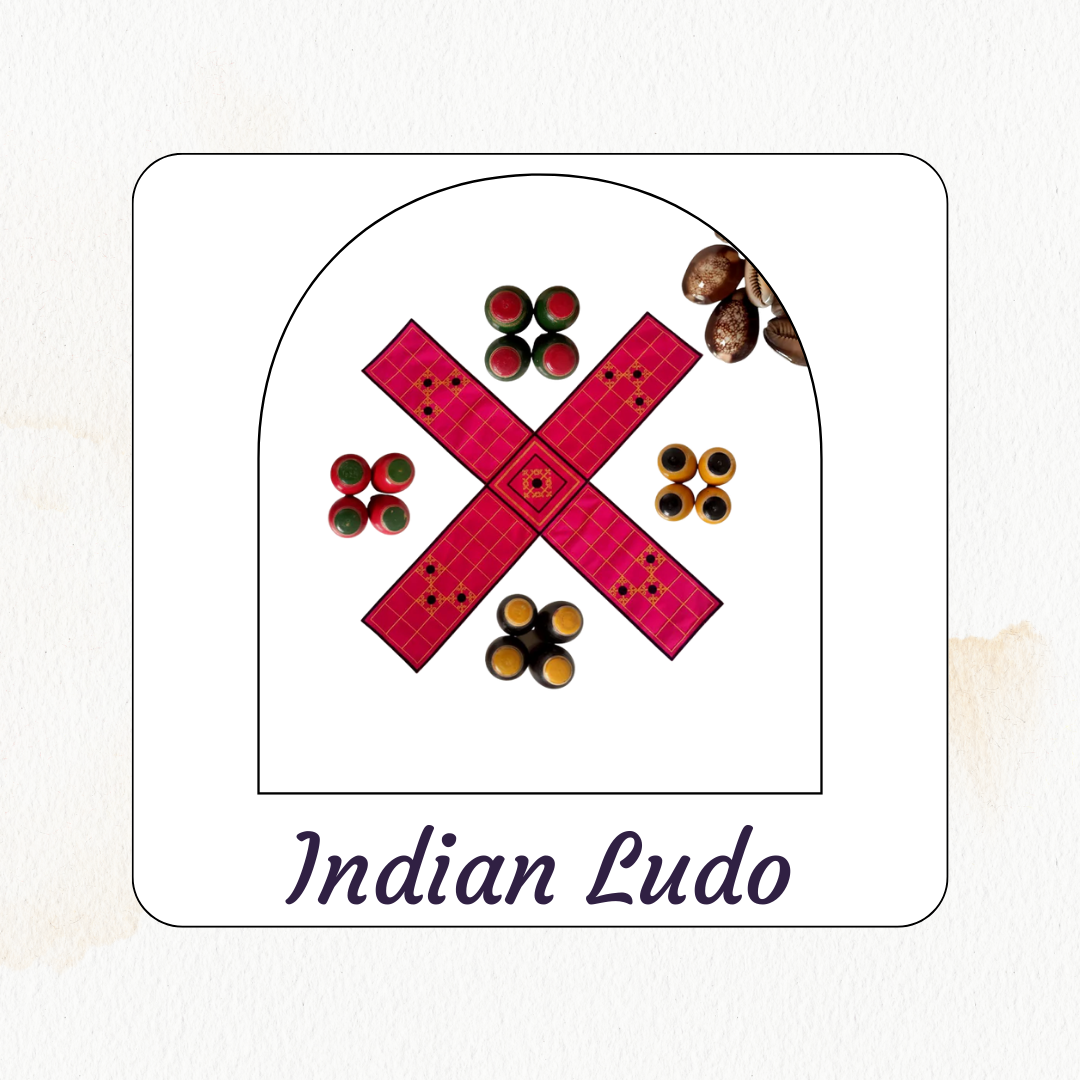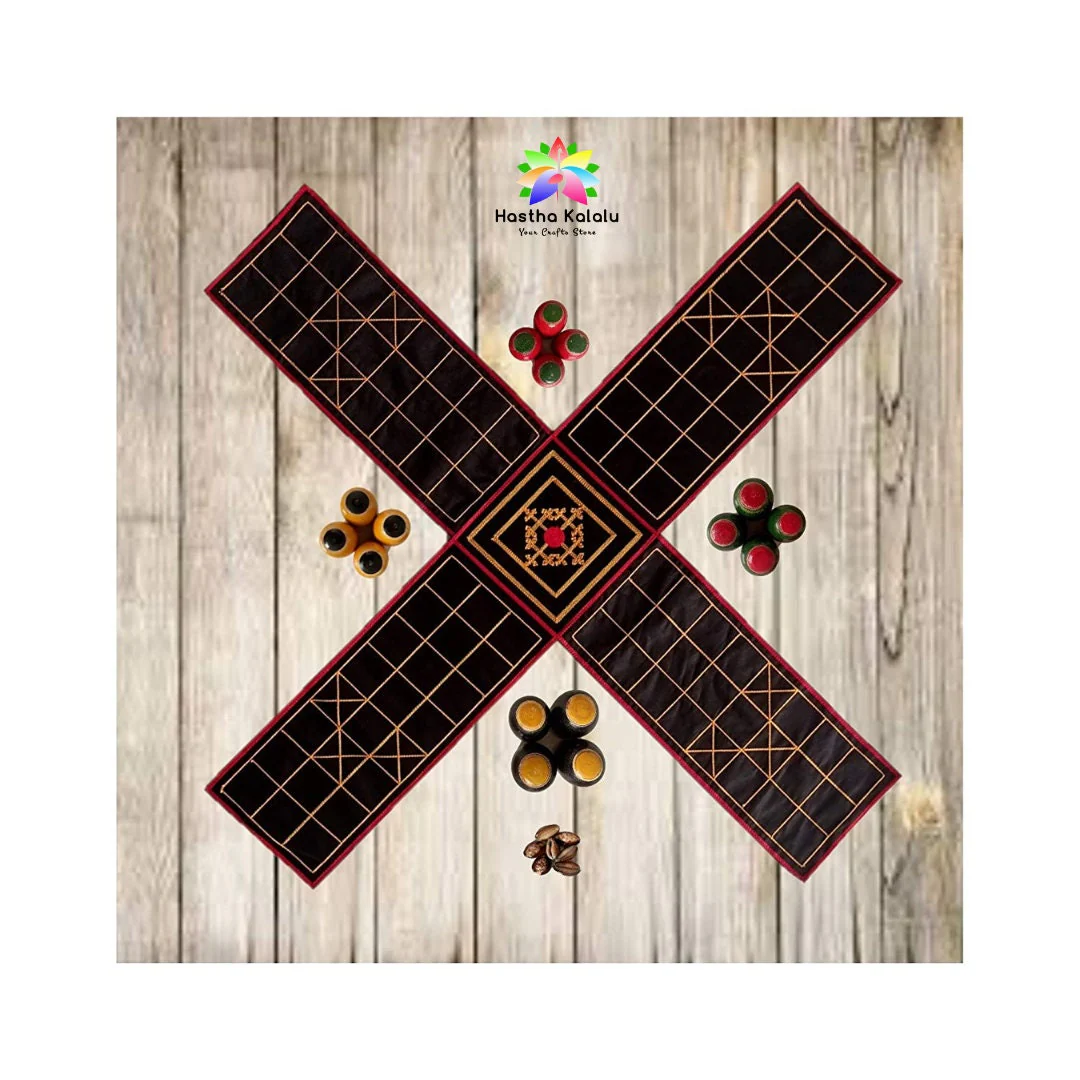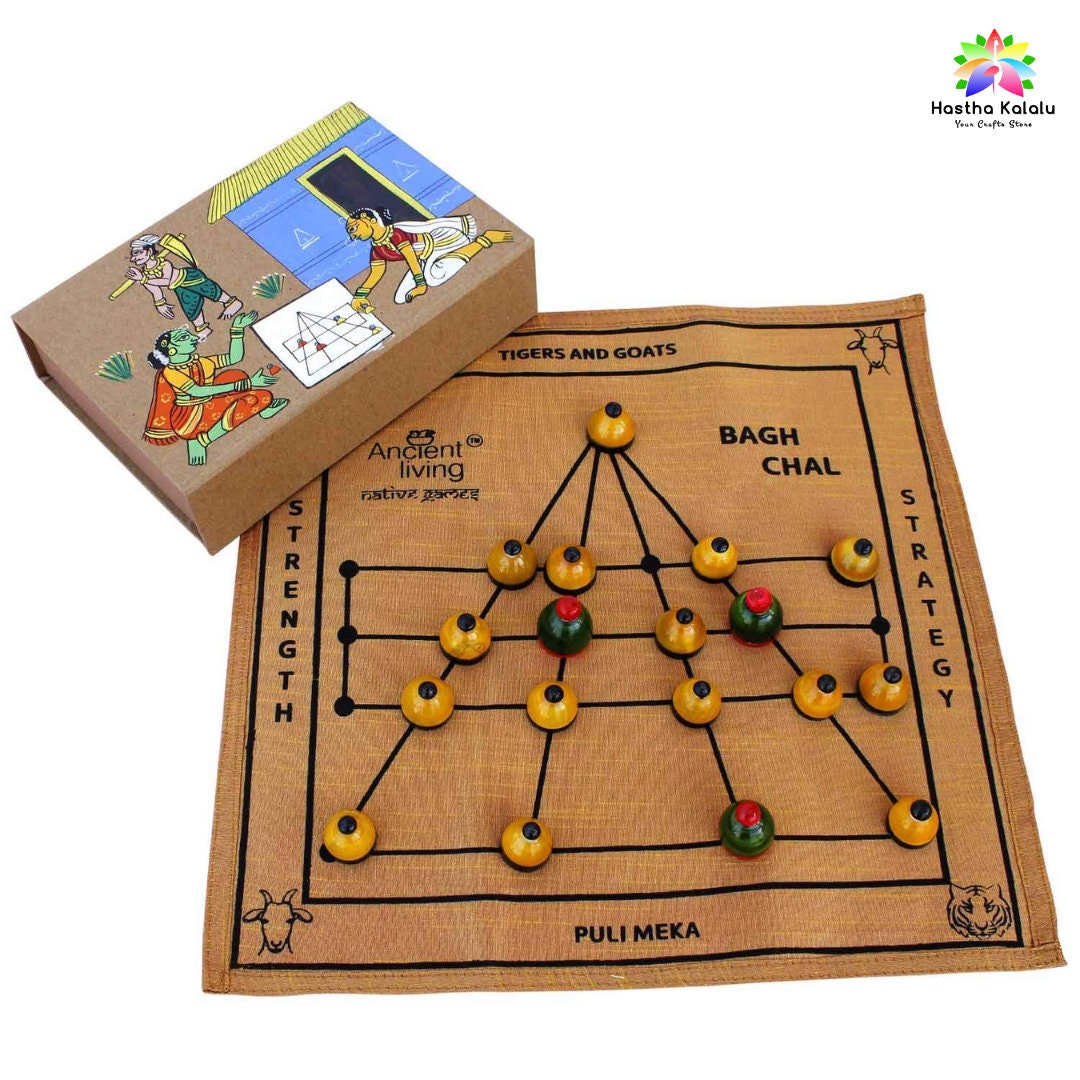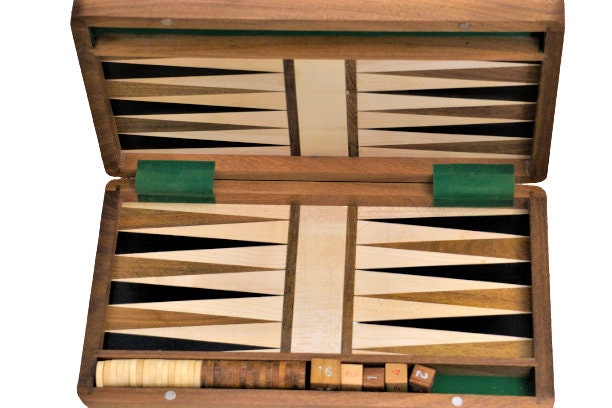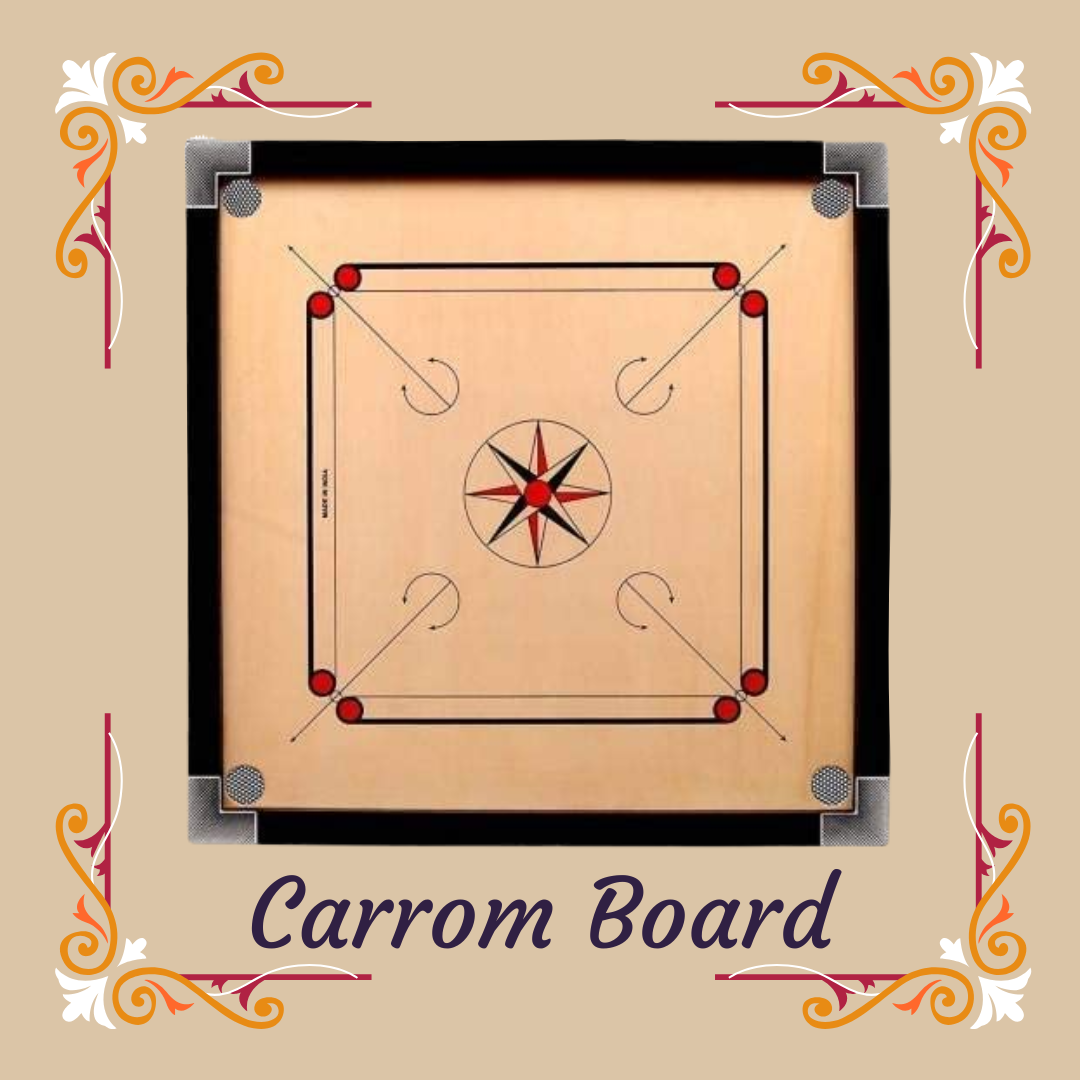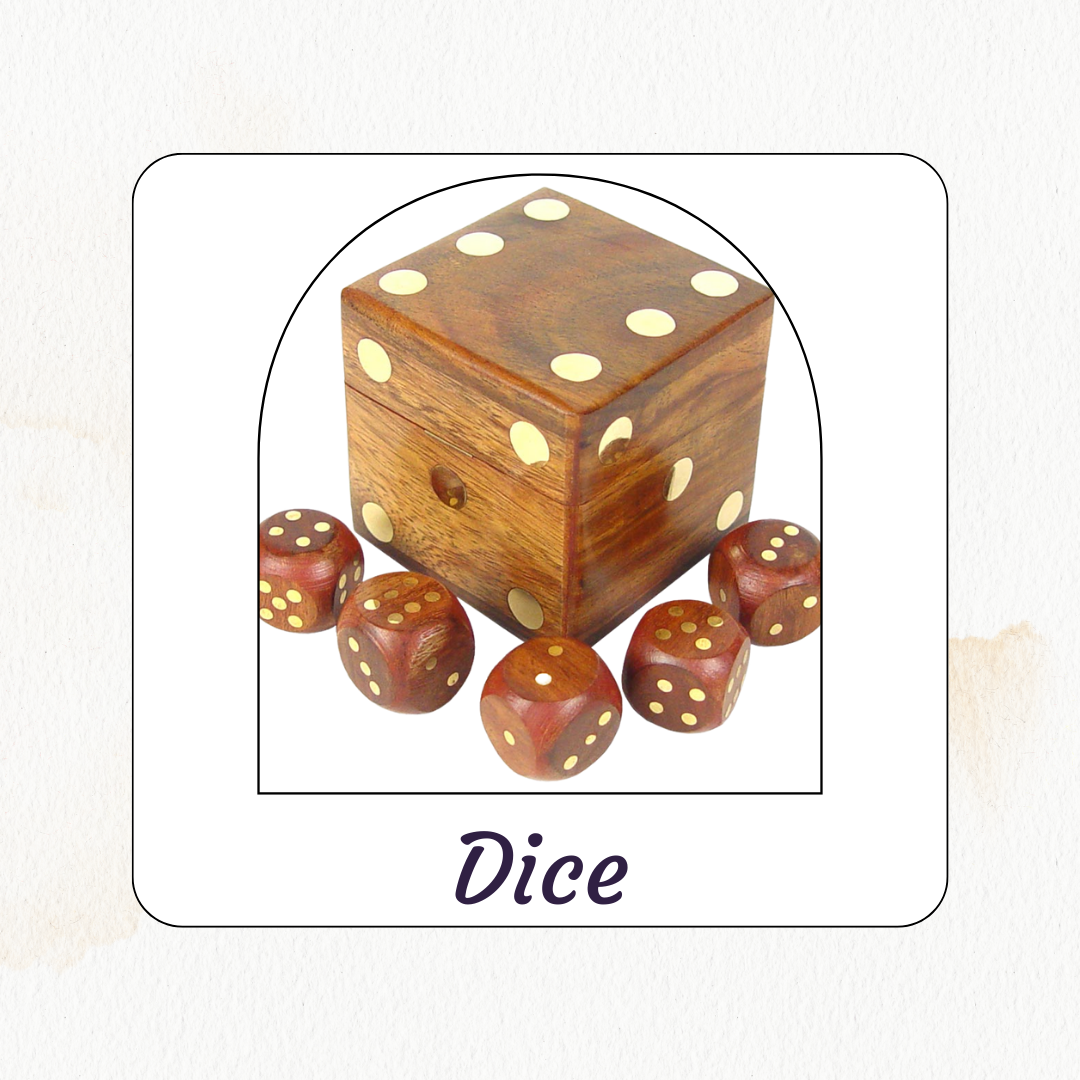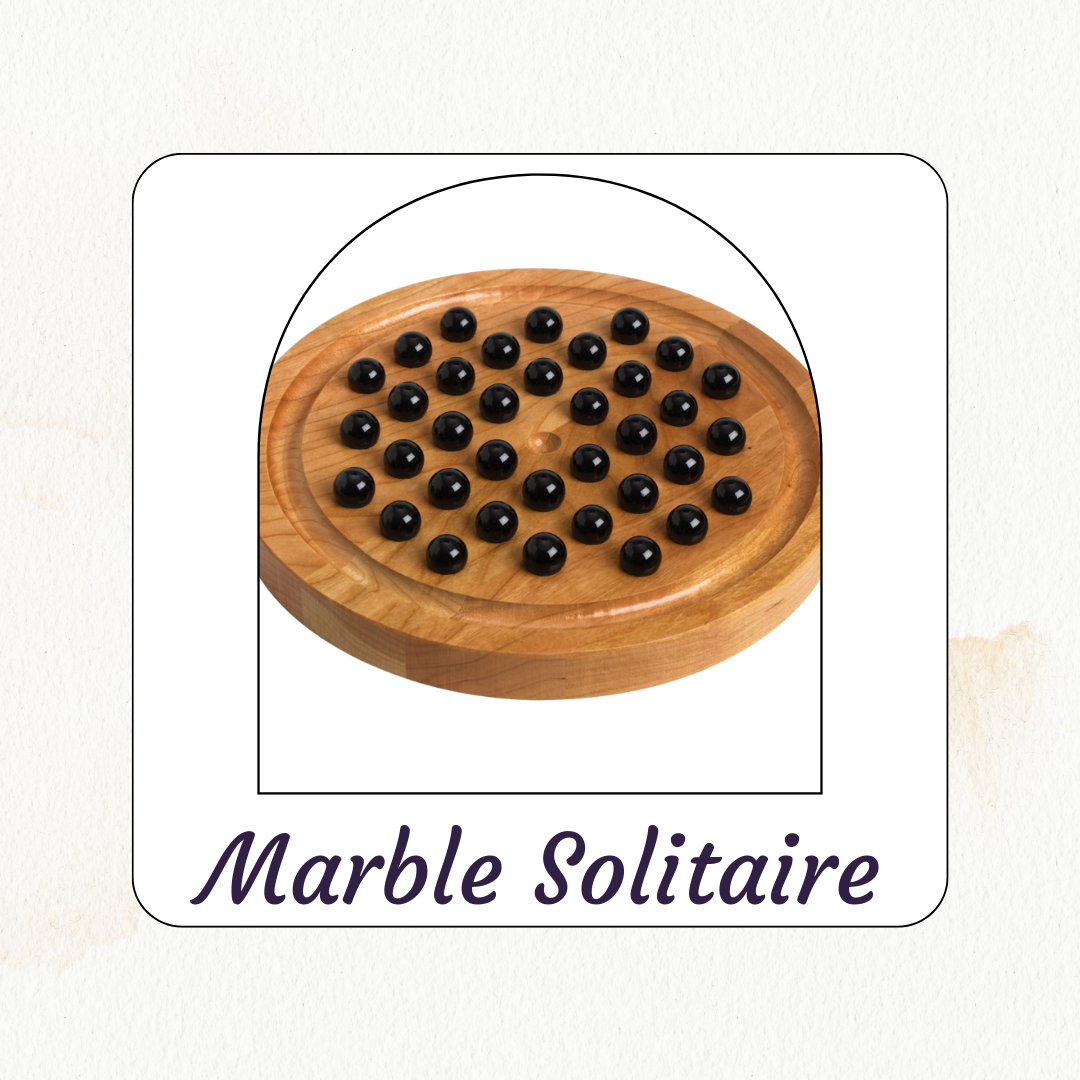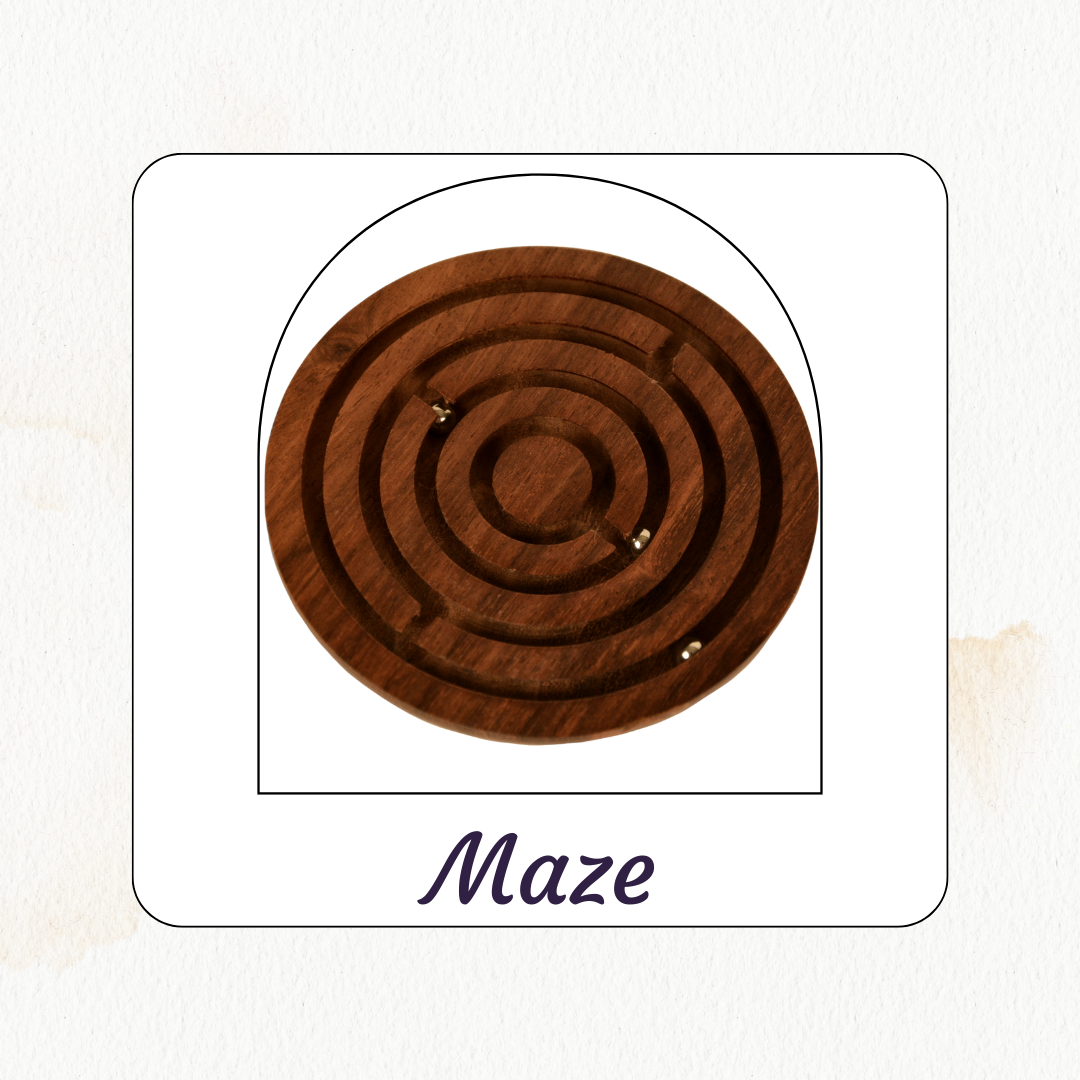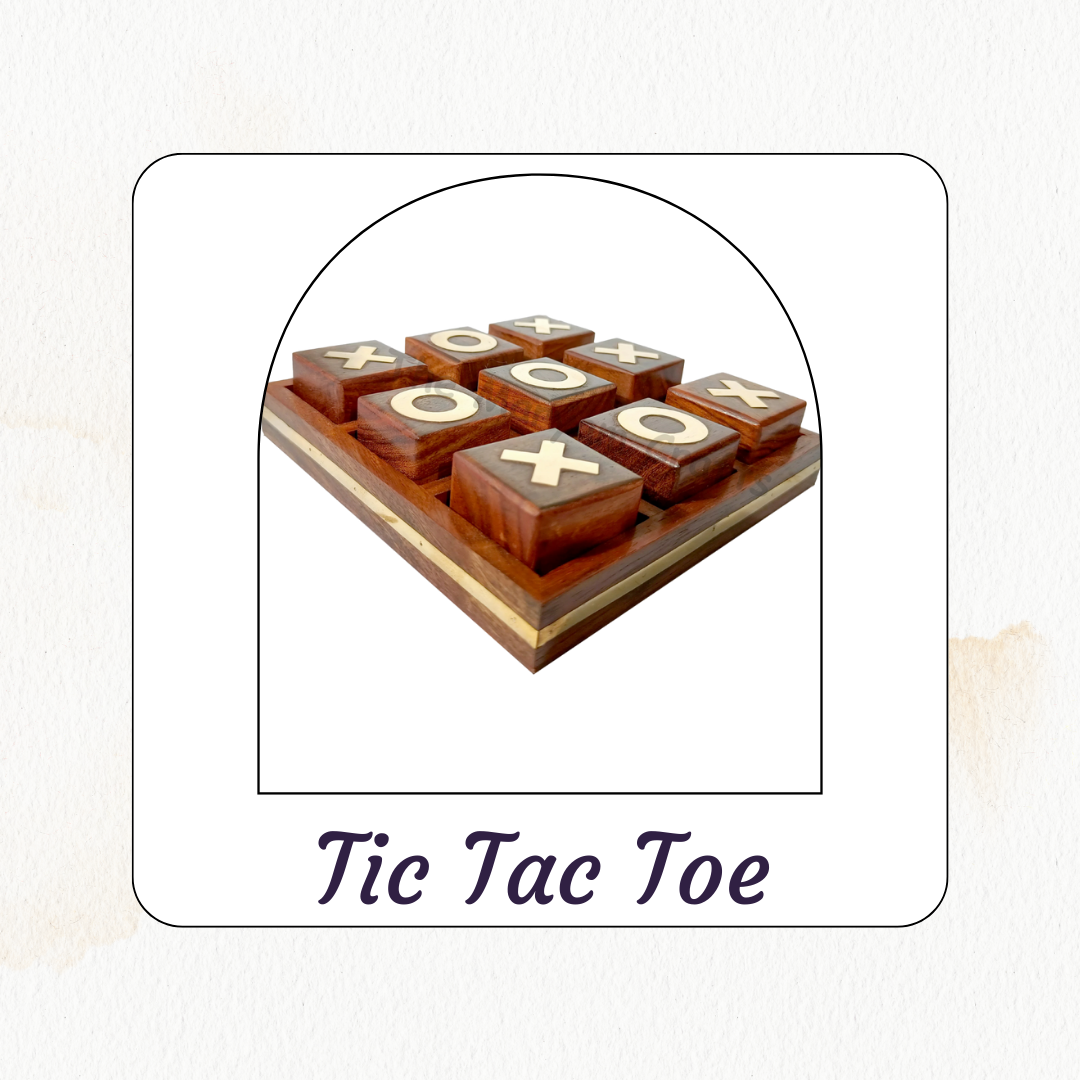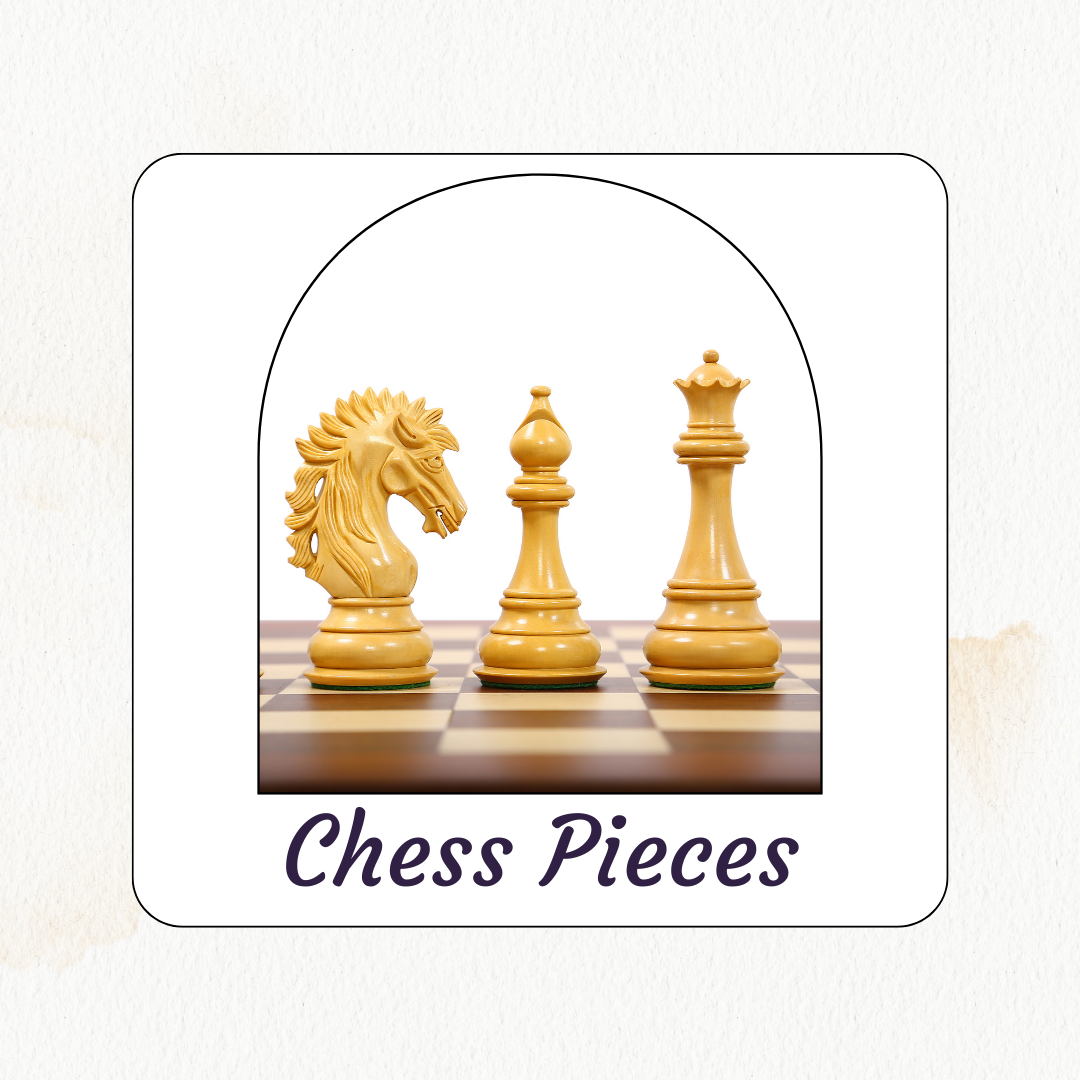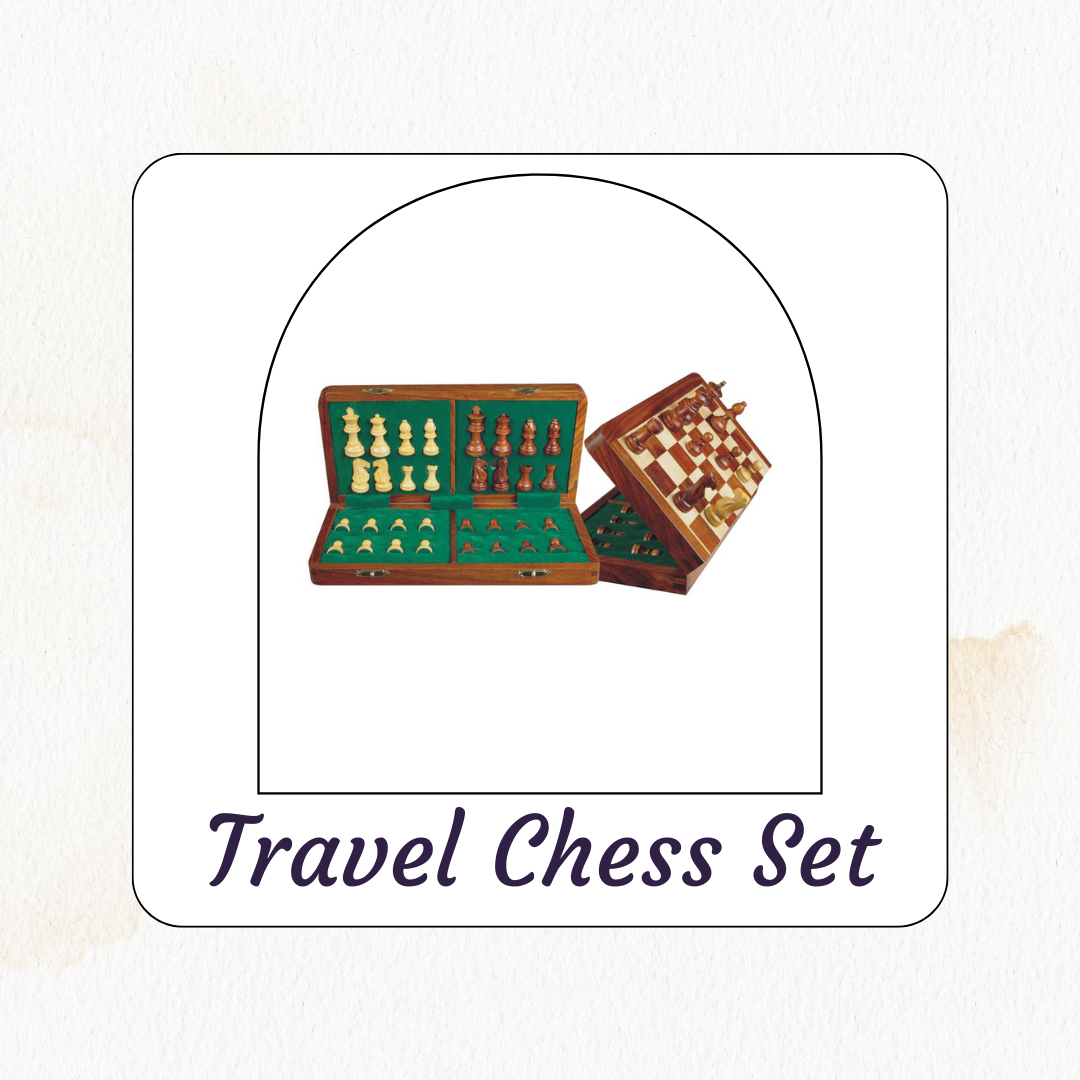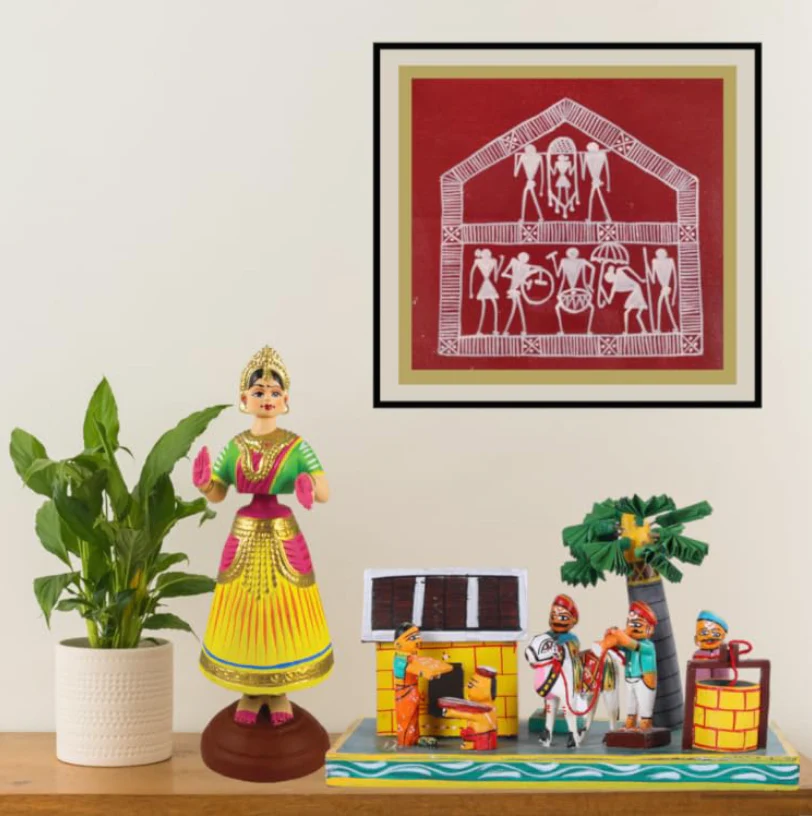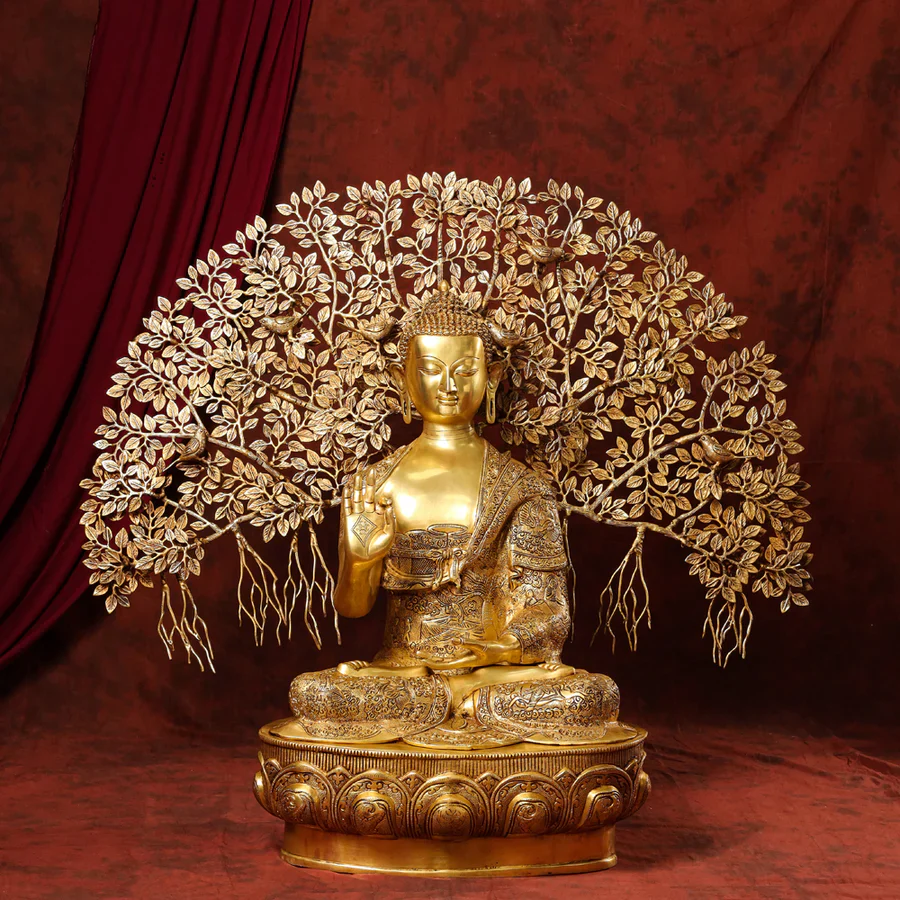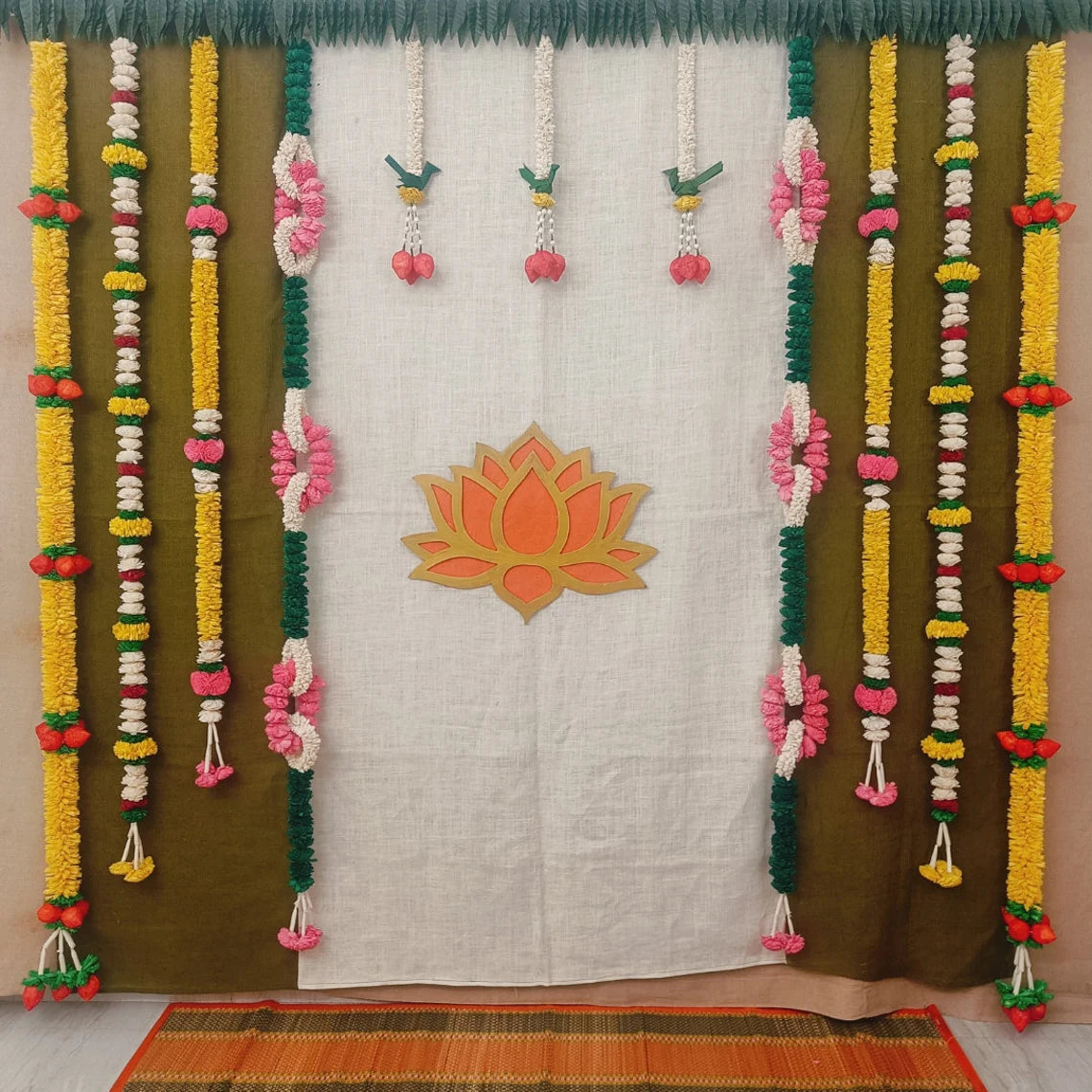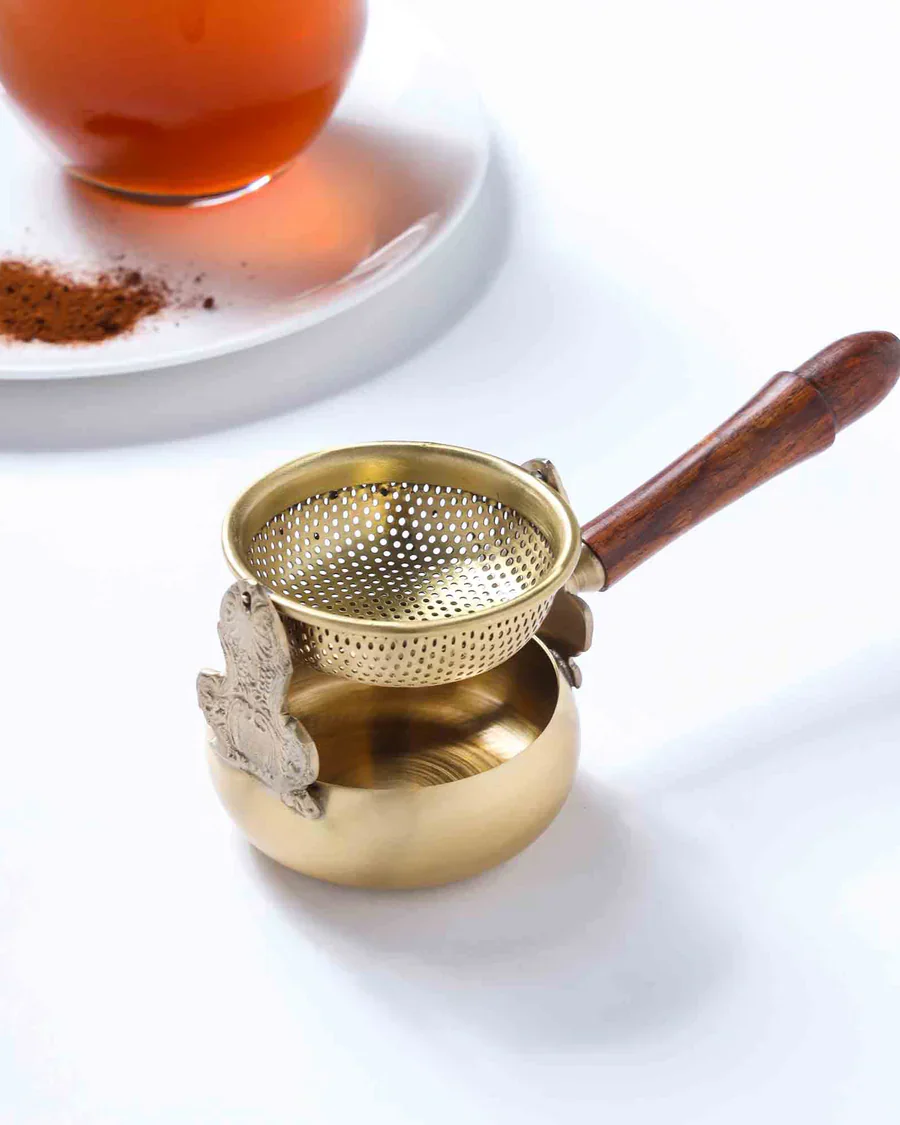Material: Wood
Craft: Kinnal Crafts
Place: Kinnhal, India
Color: Vegetable Colors (multi-color)
Measurements: We have three size options
Product weight: Varies with Size
Special Attention: Handcrafted Village Craft
Product Care: Wipe with a soft cloth
Note: Color and designs may slightly vary
About Kinnal Art: It is no understatement to say that India is a country that reeks of artistic heritage and cultural traditions that literally exist in its nooks and corners. Villages and towns that are seemingly non-descript are home to traditional art and craft forms that more often than not date back centuries. Kinnal village is situated in Karnataka’s Koppal district and located close to Hampi is one such interesting village. Known for a unique variety of woodcraft, Kinnal is famous for its handcrafted toys and religious idols. Kinnal (also spelled Kinhal) toys date back to the 15th and 16th century during which time it was patronized by the rich kings of the Vijayanagara empire and then later by the nawab of Koppal. The exquisite carvings on the Hampi chariot as well as the famous mural paintings in the Pampapateshwara Temple are all believed to be the artwork of Kinhal craftsmen. Passed down from generations and having survived several centuries, the wooden toys of Kinnal have been accorded a GI (Geographical Indication) considering the fact that the craft is exclusive and native to this part of the state. The artisans are called chitragara. Lightweight wood is used for the toys. The paste used for joining the various parts is made of tamarind seeds and pebbles. Jute rags, soaked, slivered into pieces, dried, powdered, and mixed with sawdust and tamarind seed paste is made into kitta. A mixture of pebble powder paste with liquid gum is used for embossing the ornamentation and jewelry on the body of the figure. Once the components of the figure are assembled, kitta is applied by hand all over, and small pieces of cotton are stuck on it with the tamarind paste. Over this is applied the pebble paste which forms the base for the application of paint. Material Used: Materials used: Wood (both soft and hard), liquid gum, tamarind seeds - crushed to make a paste called 'Sari', Kittaa a sticky substance made out of sarli sawdust and jute rags, Bilidu: a white paste made out of limestone, chalk powder, white stone powdered and added with water, pebble stones, colors: natural, synthetic, enamel (for outlines), etc. (gold color and silver color), Thin cloth, Vamish, Paintbrushes (made of squirrel tail hair) and tools About this Product Known as the mother of all cows, Kamadhenu, the bovine-goddess in Hinduism, is believed to be the “cow of plenty” who provides the owner what they desire. Exquisite in craftsmanship, this stunning 'Kinnal' sculpture dates back to the 20th century, and portrays Kamadhenu in her traditional form as a cow with a female head and breasts, with wings of a bird, feeding a calf. The magnificent wooden sculpture is elaborately detailed and adorned with gilt and zinc oxide.

